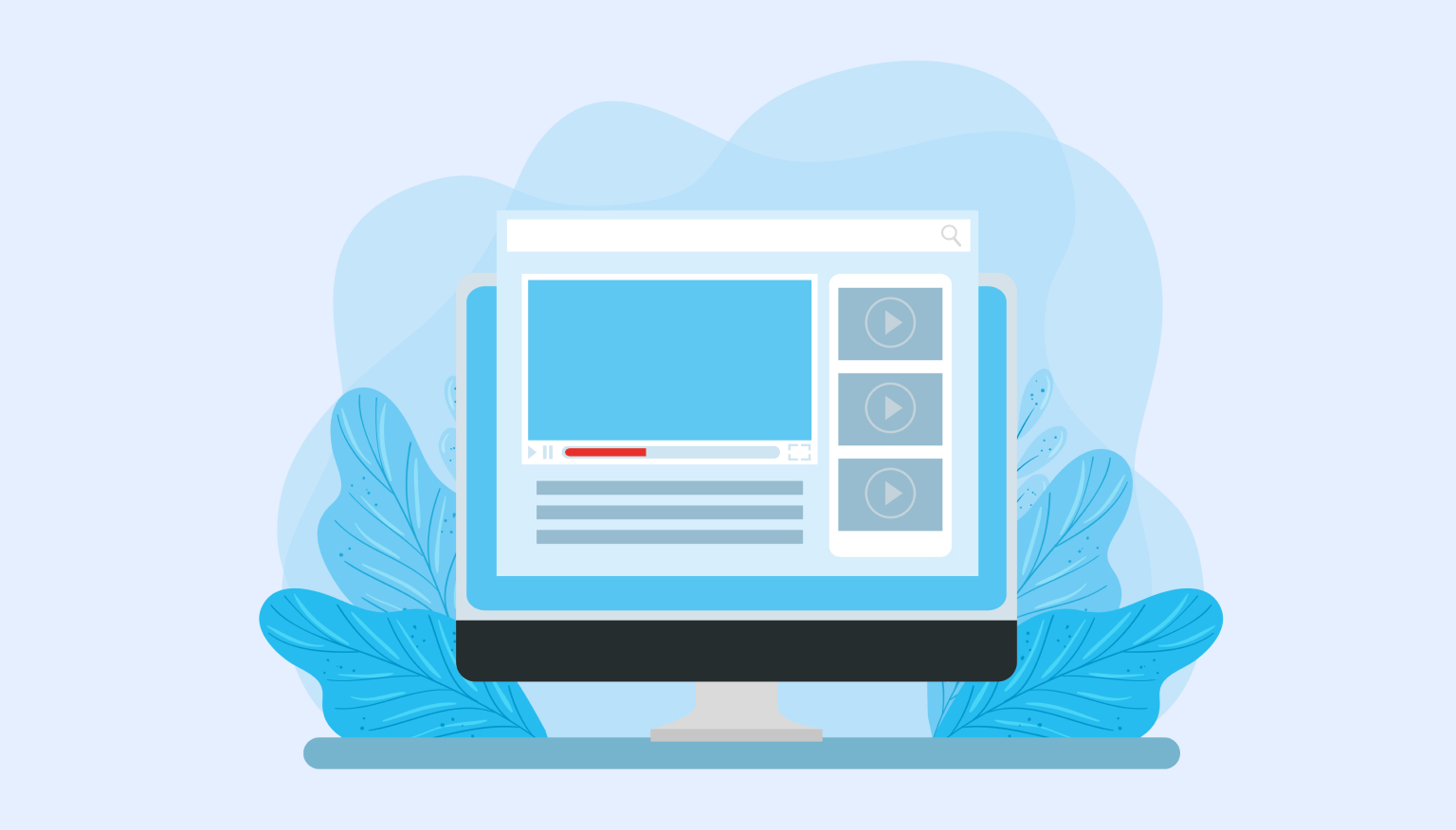Psychological tricks on websites - 9 examples
Did you know that we are influenced by various psychological tricks on websites? They make us develop certain feelings and behave in the way the creators of the site intended. Find out how specific elements on websites affect our mood and perception of websites.
No one needs to be convinced that the Internet is an extremely powerful medium that, among other things, can shape our mood and persuade us to make certain choices.
In this post, in a free form, we decided to consider some issues related to websites that are related to our psyche. I suspect that you do not even suspect how many website elements are created specifically for our mood.
So, find out which areas of web design, in particular, are increasingly being studied by psychology.
Psychology and websites - 9 questions worth paying attention to
1. Our habits
Will you be comfortable browsing a site where, for example, the menu is "attached" not to the top, but to the bottom edge of the screen? Or the logo is not in the upper left, but in the lower right corner? I assume that most of the visitors will consider all this unnecessary excesses, an unnecessary violation of accepted conventions.
This is how we are arranged, we get used to certain schemes, until "someone" points to something more beautiful, convenient, making life easier. In fact, some people, despite knowing that other solutions are better, prefer the old ones because they just got used to them.
According to a study by the Nielsen Norman Group, it is much easier for us to learn the brand name if the logo is located not on the right, but on the left.
There can be only one conclusion: new products should be introduced, but taking into account our habits and before that, for example, with the help of A / B tests in case of more fundamental changes.
2. Content differentiation and organization
A common psychological trick on websites has to do with the way content is presented to users.
Let's say you're adding a new blog post that looks like the pages of a boring book - a uniform "block" text, without division into headings, etc.
In our time, such a convention does not make sense, because we want to get at least a glimpse of the material before reading it. This uses the headings I mentioned earlier to break up the text and highlight some important, eye-catching slogans.
Of course, we should not forget about the title of the article itself, which should be of interest to potential readers. An important role is also played by any graphic elements (for example, images, screenshots), bold text, bulleted and numbered lists, etc.
All this is done in order to get into the so-called "attention gap", which - in slow translation - is a period of focused attention during which the reader is able to perform a certain action (for example, become interested in your text and decide to read it), without taking a break from it.
3. Empty spaces
Bartolomeo Cologne in his text on the usability of websites very simply and at the same time eloquently described what empty spaces on websites give. They allow the site to "breathe".
The whole point is not to strain our mind and give us the elements in the right accumulation. Then the eye does not "fly" from element to element and is able to focus on the most important issues that the site creators care about on this subpage.
In addition, large fields (usually associated with white or gray space) evoke feelings of harmony, calmness and restraint. As a result, it's easy to create a certain sense of exclusivity on websites, as exemplified by Apple's website.
4. Types of fonts
Psychological tricks on websites extend to the types of fonts used. It is customary to use serif fonts (serif) and sans-serif fonts (sans serif).
As you can see, serif fonts have some embellishments at the ends of individual characters, while sans-serif fonts don't.
Sans-serif fonts (such as Roboto, Open Sans or Lato) are more commonly used on the web these days because text typed with them is easier to read. In addition, they are more suitable for modern design.
Serif fonts are now more commonly used for compositions that refer to elegance and tradition.
In addition, the choice of font can affect the viewing experience.
5. Limited Color Palette
In my article on web design trends, I mentioned that consistency is becoming more and more important.
This is affected, for example, by limiting the color palette to only the most necessary colors:
- primary (dominant) color
- secondary color (which complements the above and is usually used as an accent)
- background color (usually white or gray).
Thus, many sites acquire a neat, harmonious image.
What's more, Google's Material Design experts also suggest using a single, fixed color palette.
6. Color choice
Despite the passage of time, the text about the importance of colors on websites is one of the most frequently read posts on our blog.
This is not surprising, since our feelings for specific colors have not changed lately, and this is unlikely to change.
Blue still inspires confidence, red is used to emphasize action and dynamism, green is associated with peace and nature, and men (unlike women) are still not enthusiastic about purple.
Various psychological tricks on the Internet are associated with the choice of colors, since they can, in some way, control our feelings.
Therefore, if you are faced with the task of defining a single style for your brand, it is very important to think about your choice.
7. Actions required from users
Did you know that psychological tricks on sites extend to our behavior, which site owners expect from us?
Every website has a purpose.An example would be, for example, wanting to convince users to subscribe to a mailing list so that they get a "free" e-book. The owner of the site wants to have as many subscribers as possible so that he can send new materials to these people, which - perhaps - will bring him profit. Therefore, it needs to encourage more users to join.
How can this be achieved?
With a call to action, which is usually a button that stands out in size and color and contains text that encourages you to click.
Very often we do not know how to make a decision, we do not know the specific purpose of the page, and the role of the CTA is precisely to remind us of it and clearly indicate it.
8. Message Personalization
The importance of psychological tricks on websites can be judged by the ever-increasing trend towards message personalization. Examples include:
- show ads based on our preferences (e.g. history of recently visited sites)
- recommend movies (Netflix) or apps (Google Play) similar to those we have already viewed before
- using our name, e.g. , in newsletters or online stores where we have an account.
Nobody likes to be put on a par with others, we want special attention and treatment, so these psychological tricks on the sites just make us feel good.
9. Social proof
Social proof (or so-called social-proof) on websites is one of the most striking examples of how we can be manipulated and persuaded to make a decision.
Unfortunately, in many cases it is difficult for us to make a choice. We do not know how to make a decision, so we are looking for support.
This can be provided by the aforementioned social proofs, that is, the elements used to tilt our internal balance in a certain direction. They can be:
- highlighting the large number of people who have purchased the product
- show us other people's opinions - preferably signed with a name and photo
- product reviews in an online store
Then we think: "Ahaaa, if HE bought this product means it's really worth it!".
Are psychological tricks on websites a bad thing?
It seems to me that in this case we should not even talk about "tricks", but about using our template behavior to shape the Internet in accordance with our preferences.
Web design issues are, of course, completely harmless. Creating more user-friendly websites is a very enjoyable process as it saves us time while providing the specific information we are after all looking for.
On the other hand, personalizing a message can be questionable as it requires getting data about us.In this regard, it is very easy to cross the line where the invasion of our privacy becomes too strong.















